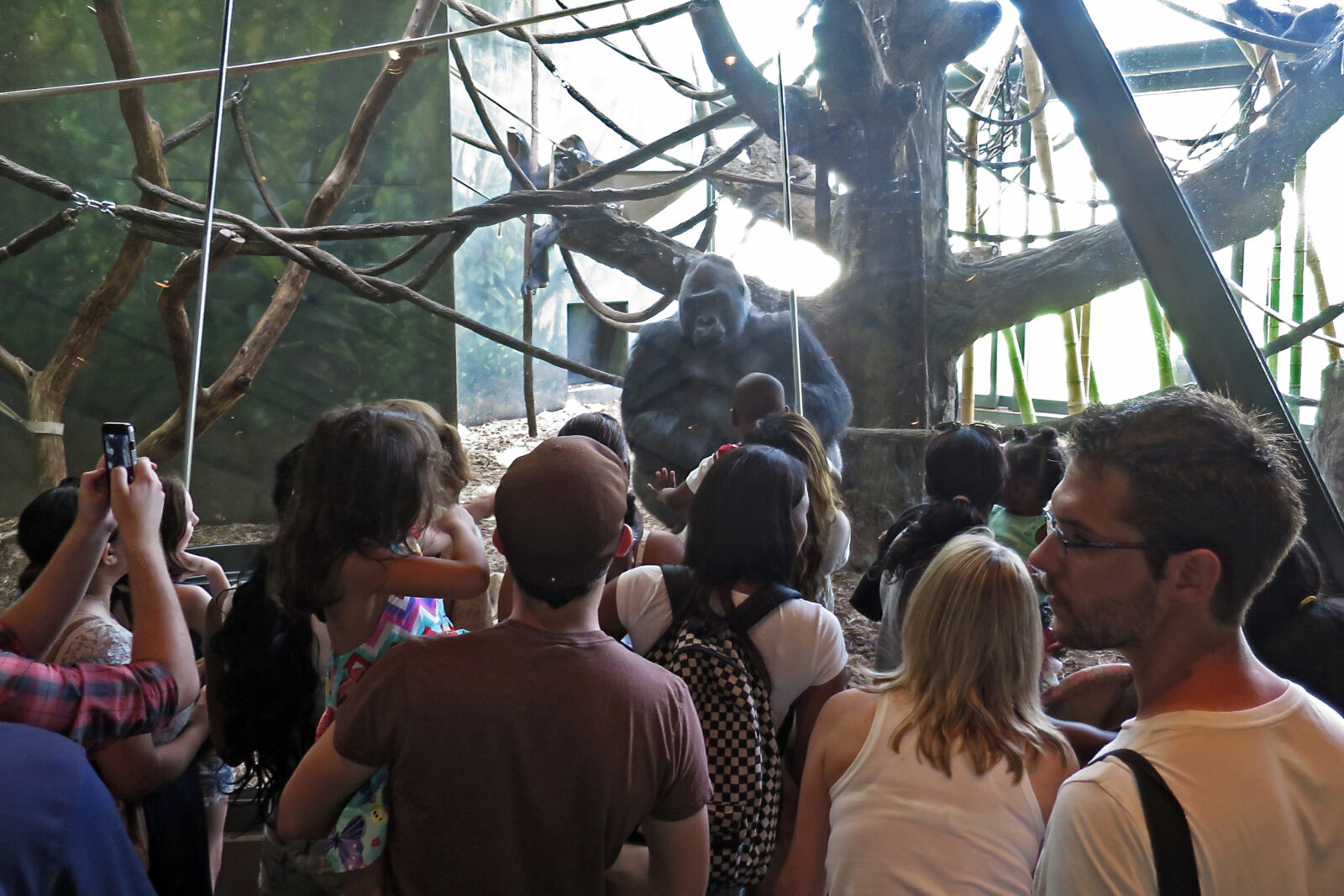Anthology for Listening Vol. II – Listening is a Performative Act
Listening is a Performative Act
David Helbich
Translation Mark Barden
I am the we are the I
In this essay I will attempt to describe a current shift in the relationship between work and audience that I call self-performativity.
The term ‘performative’ relates to the possibility to act while experiencing and consuming art, as opposed how we refect upon it. Derived from its linguistic meaning, ‘performative’ is the moment that change occurs—the potential of an act to leave the world changed.
Self-performativity is
On one hand, self-performativity accentuates the distinct, individual contributions from observers of art—the audience—as they watch, listen, and are simply present as well as, on the other hand, the potential of art to facilitate this self-responsibility on the part of both oneself and others.
Artistic works can, but do not necessarily, foster such an approach. Surely, they could also obstruct it. The same is true of individuals in the audience: I can make things my own or I can let them be. I am free to decide for myself as long as I don’t disrupt anyone else. The audience’s performativity is thus not participatory, since it is not subject to social controls. It is also not interactive but rather intro-active: it is invisible.
Pieces are often so piece-ish
Pieces are often so piece-ish. Open beginning, open ending, whatever. As events situated among other events, they too often stand out as pieces in an unpleasantly self-conscious way.
I like works that retreat into the background as works quickly, possibly even to the point that they are forgotten, but that leave one changed. Works that appeal to my ability to make things my own. I, the audience.
Perhaps these are conceptual works, since the performance, which is a mere example, is survived by the concept. I have understood something, experienced something, undergone something—something that now accompanies me, creates new connections, and produces something new.
Such works may be unfnished or may never fnish, or the form in which they have been completed may actually be just an intermediary phase. Their originality is not measured based on uniqueness or newness, but rather on the power of the effect, on the echo of the lived experience of the work.
You can forget about art
I think that the deluge of linked works on social media, these constant reminders and displays of art, can also encourage such a reading of works. Works are no longer celebrated as ingenious creations by individuals but are instead used to cultivate one’s own sensitivity and intellectual acuity.
We no longer celebrate innovation, but action, imitation, execution, and self-exposure. And then share, inform, inspire ideas in others, let others react, and watch others do. Videos and sound fles thus no longer function as documentation. They become like scores, instruction manuals, imitable—part of a general practice.
Given this state of affairs, there is no radicality anymore, no feld with a center or boundaries. There are just examples of praxis, nonsense, and profundity.
It seems to me that authors and audience are coalescing into a single doing is-viewing-is-doing(-is-listening) entity. When everything tingles, when medium and material lose their relevance and clarity, then creativity shifts into behavior.
Activity within the cascade
The audience is always all of us—also artists such as composers. They are not only witnesses to constant cultural noise, but are always choosing, experiencing, being physically present. When art surrounds us, making art is being in art.
These potential decisions are not to be underestimated and cannot really be avoided. In fact, perhaps it is here that art begins. What do I listen to, where do I look. How do I listen, how do I look at something.
And of course when it’s over, it keeps going
What do I do with that now, how much do I allow myself to change: what should remain, what will I contemplate further, what comes next.
Do I want to be in form or out of form. Am I in good shape?
Always walk in the sunshine. Listen to music as something
simultaneous. Look at the mouth instead of the eyes.
These activities are self-performative. Self-performativity is the action potential in carrying around the body. How should I walk today, what am I listening to, do I want to listen, sunglasses: yes or no, clothes, go to the theater, get worked up about art, open up to someone, follow someone else’s train of thought, resist, firt, stroll, cook. These things.
Now let’s all stand up, go outside, and come back in,
exactly the way we came in the frst time.
In the arts, for example in music, self-performativity is also the appropriation of concepts inherent to the work for one’s own individual use. Not watching people experience, but experiencing. Not doing, but imitating doing.
Poemlet
Music takes place between the ears.
Music takes place between people.
Music is a social space.
Music is a concept. It cannot be non-conceptual.
Noise can be heard as music.
Music can be heard as noise.
Listening is a performative act.
Self-performativity is a practice.
Yoga, fute, skateboard, language games are practices.
Practicing is a practice.
Listening also means attending.
Attending is a practice.
The space of the audience is a performative space.
